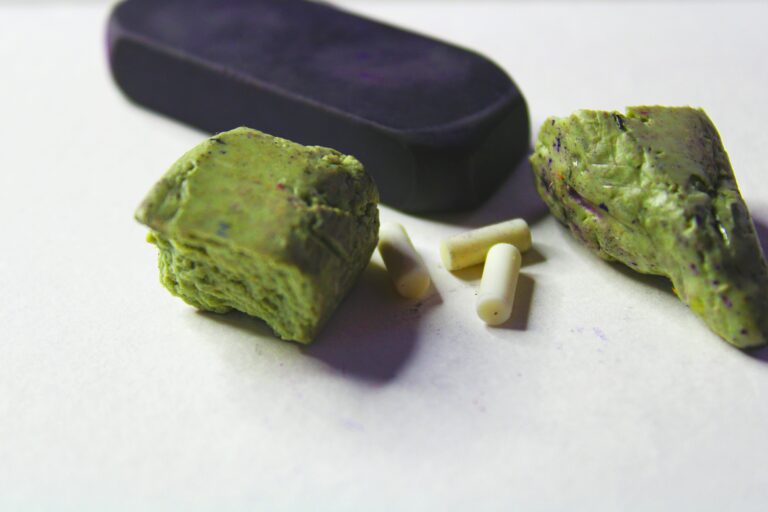DRAWING PENCILS

For beginners, a set of drawing pencils with a range of grades is ideal. The grades refer to the hardness or softness of the graphite in the pencil, with harder pencils producing lighter lines and softer pencils producing darker lines. A good set for beginners would include an HB pencil for general drawing, 2B or 4B pencils for shading and depth, and 6B or 8B pencils for contrast and emphasis.
Harder grade pencils such as H range are typically used for drawing light and fine lines, as well as for technical drawings and sketches. They are also useful for creating initial outlines and rough sketches that can be refined later.
SKETCHBOOK

Drawing sketchbooks are available in different sizes ranging from small, medium to large sketchbooks. There are many different sketchbooks and the one that is best for you will depend on your personal preferences and needs. When it comes to choosing a sketchbook for drawing, there are several factors to consider. Firstly, look for a sketchbook with good quality paper that can handle different types of media without bleeding through. A paper weight of around 70-80 lb is recommended. Secondly, consider the size of the sketchbook that will work best for the types of drawings you want to create and that is convenient for you to carry around. Thirdly, choose a binding style that is durable and allows for easy opening and closing.
Ultimately, it’s important to try out different options to find the sketchbook that best fits your individual needs and preferences. You should also keep small sketchbooks as these may come handy while travelling.
ERASERS

There are several types of erasers used in drawing, each with its own unique properties and uses. Here are some of the most common types of erasers used in drawing:
Kneaded eraser: This type of eraser is made from a pliable material that can be shaped and molded to erase small or large areas. Kneaded erasers are good for lifting graphite and charcoal off the paper without smudging or damaging the paper.
Vinyl eraser: A vinyl eraser is a harder eraser that is good for erasing pencil or ink lines. They are also good for erasing small details and correcting mistakes.
Gum eraser: A gum eraser is softer than a vinyl eraser and can be used to remove small marks or smudges from the paper. They are also good for erasing graphite and charcoal.
Electric eraser: An electric eraser is a handheld tool that uses a motorized eraser to erase pencil or ink lines quickly and precisely.
When selecting an eraser, it’s important to choose one that is appropriate for the medium you are working with and that will not damage the paper or leave residue behind.
SHARPENERS

When it comes to sharpening pencils for drawing, it’s important to choose a pencil sharpener that will give you a sharp, clean point without breaking or damaging the pencil
An electric pencil sharpener can be a great tool for artists and designers who need to sharpen their pencils quickly and efficiently. When looking for an electric pencil sharpener for drawing, it’s important to consider factors like power, blade quality, size, noise level, and safety features.
Manual pencil sharpeners for drawing come in a variety of shapes and sizes, each with its own strengths and weaknesses. Some of the most common types of manual pencil sharpeners include:
Standard sharpeners: These are the most basic type of manual pencil sharpener, and are often used in schools and offices. They have a single hole and a small blade that rotates as you turn the pencil.
Double-hole sharpeners: These sharpeners have two holes – one for standard pencils and one for larger or colored pencils.
PAPER STUMPS

A paper stump, also known as a blending stump or tortillon, is a tool used in drawing to blend and soften pencil and charcoal marks. It is made from tightly rolled paper that has been shaped into a pointed or rounded tip. To use a paper stump, you simply drag it over the surface of your drawing, blending and smoothing out the marks as you go. They are particularly useful for creating smooth, subtle shading and for blending colors together. They are a useful tool for any artist who wants to add depth and texture to their drawings.

Do you have any beginner books that I could purchase?
Working on that